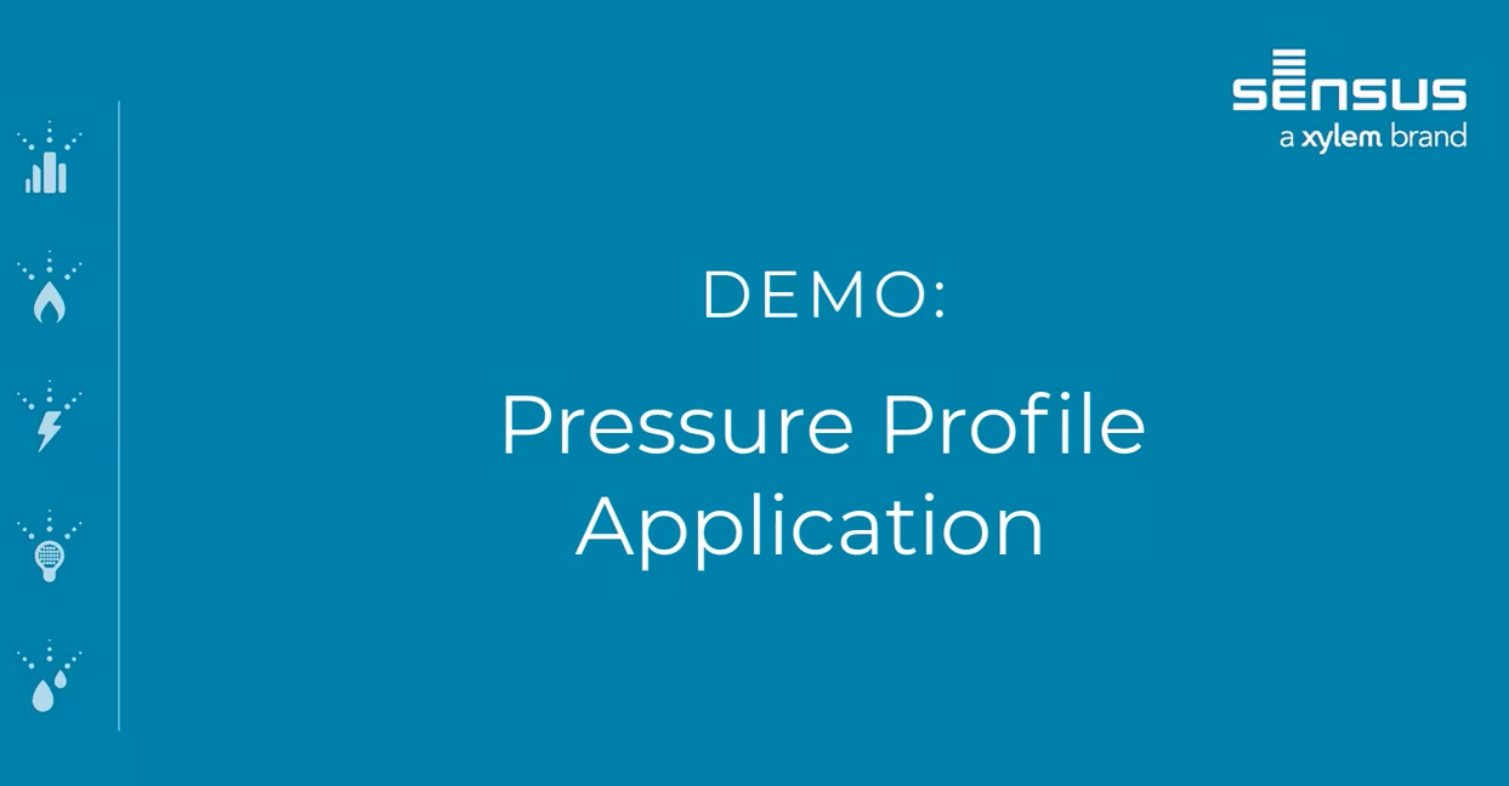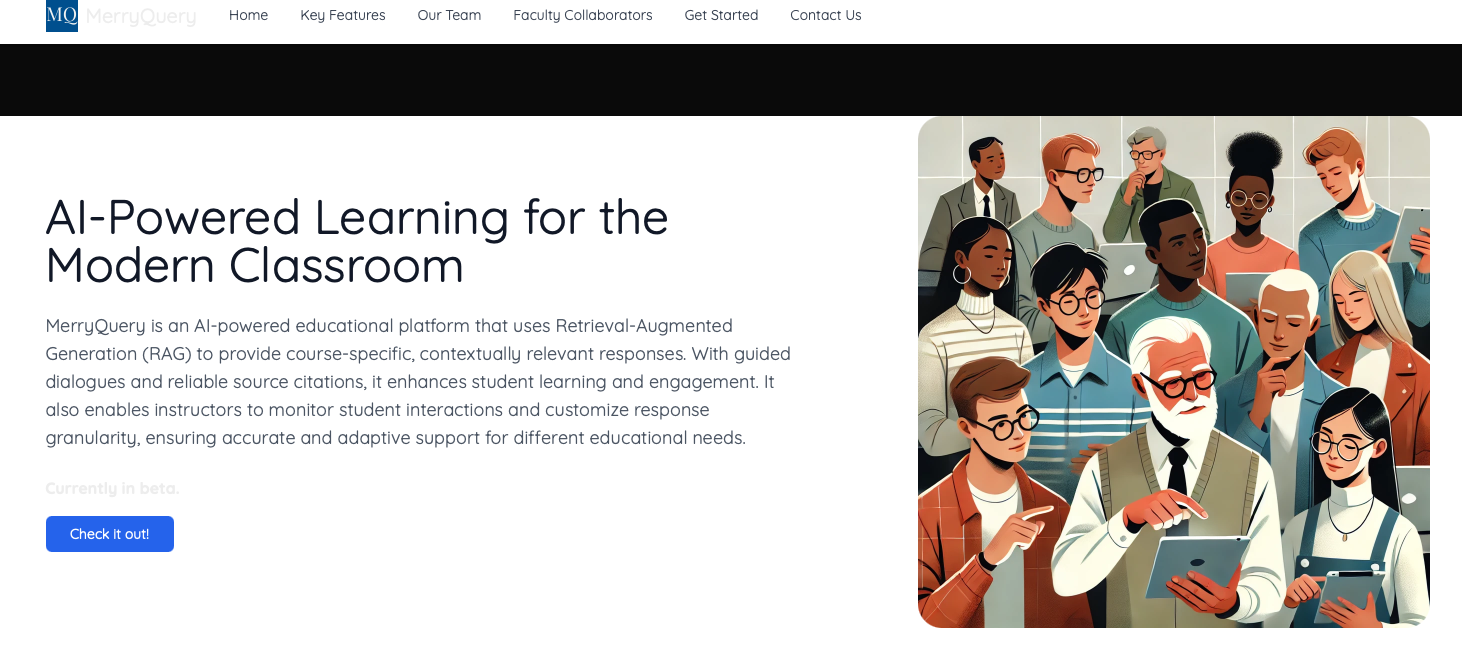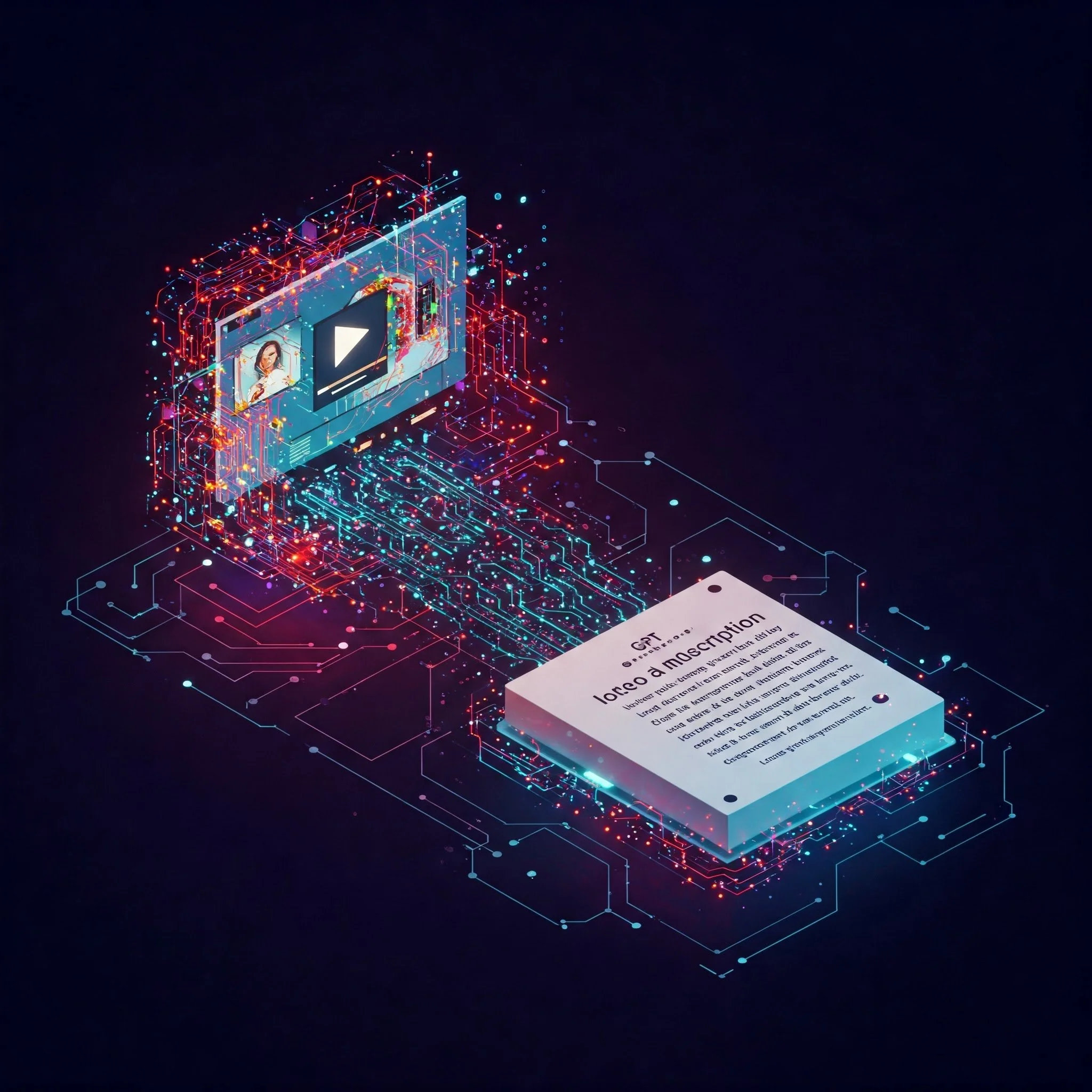Great to meet you!
I’m Bill—an experienced instructional designer and education team leader. This site is a final portfolio for NC State’s Learning Design and Curriculum M.ED.
-
My primary goal is to own and operate my own company that directs the design, development, and delivery of training for customers of software tools. I currently work in a similar role for a Fortune 500 organization (Xylem) where I oversee and implement the customer learning strategy for our FlexNet software tools for electric, gas, and water utilities across North America.
As more organizations move to cloud-based Software as a Service (SaaS) applications, which are constantly updating and evolving, so too must training for these types of applications. In my relatively short career, I have seen several trends in digital education, from built-in video tutorials to massively open online courses (MOOCs) to Digital Adoption Platforms (DAPs) like WalkMe and SAP Enable Now that are embedded directly into the applications. While the recent popularity of large-language model (LLM) style chatbots and Artificial Intelligence tools like ChatGPT and Google Gemini are reimagining the learning experience for users once again, the truth is that all of these tools are always limited by the instructional design of the content itself.n text goes here
-
To excel in this field, I have identified three key skill areas that are essential:
Curriculum and Instructional Design: Creating effective training content that helps customers learn to use SaaS tools efficiently. This involves designing engaging and interactive learning materials that cater to different learning styles and levels of expertise.
Assessment of Learning Efficacy: Evaluating the effectiveness of training programs over time. This includes developing metrics and tools to measure learning outcomes, gathering feedback from users, and making necessary adjustments to improve the training experience.
Demonstrate Expertise of SaaS and Learning Technologies: Staying up-to-date with the latest advancements in SaaS tools and understanding their functionalities and applications. This also includes the ability to troubleshoot and provide solutions to common issues that users may encounter, as well as knowledge of the latest learning technologies to meet the needs of learners with the latest toolsets.
-
In my portfolio, I will include artifacts that demonstrate my proficiency in these skill areas. Each artifact will be accompanied by a detailed explanation of how it serves as evidence of my skills and why it is a good illustration of my capabilities. This alignment between my professional goals, key skill areas, and relevant portfolio artifacts will be the key criteria for evaluating my portfolio.
Executive Portfolio Overview
This portfolio showcases my competencies and achievements in the Learning, Design, and Technology (LDT) Master's program. It includes a collection of artifacts that demonstrate my skills in instructional design, educational content development, and the integration of technology in learning. The portfolio is organized into key areas of strength, each supported by relevant artifacts and annotations.
Key Areas of Strength
Curriculum and content development
Demonstrated through comprehensive and interactive projects addressing specific learning challenges.
Throughout the program, I have developed a strong foundation in educational content development, instructional design, and the integration of technology in learning. My work on projects such as the MerryQuerry Business Case Proposal and the Sensus Analytics Curriculum Design demonstrates my ability to create comprehensive and interactive educational content that addresses specific learning challenges. These projects highlight my skills in content analysis, instructional design, and evaluation, as well as my understanding of the importance of promoting critical thinking and problem-solving in education.
Evaluation and
Assessment
Exemplified by the design of comprehensive evaluation plans to ensure the quality and effectiveness of instructional design.
The evaluation plan for the professional development course further exemplifies my ability to design comprehensive evaluation strategies. This plan includes both formative and summative evaluations, focusing on the instructional process, outcomes, and overall effectiveness of the course. It demonstrates my skills in developing evaluation instruments, analyzing data, and reporting findings to ensure the quality and effectiveness of instructional design.
Research-based and practical applications
Showcased by a clear articulation of learning theories and strategic vision for organizational learning.
In addition to my practical skills, I have also developed both a theoretical and application-based understanding of learning and development. My personal definition of learning and my leadership philosophy statement reflect my ability to articulate a clear and thoughtful understanding of learning theories and their impact on instructional design. These artifacts showcase my critical thinking and reflective skills, as well as my strategic vision for organizational learning and development.











